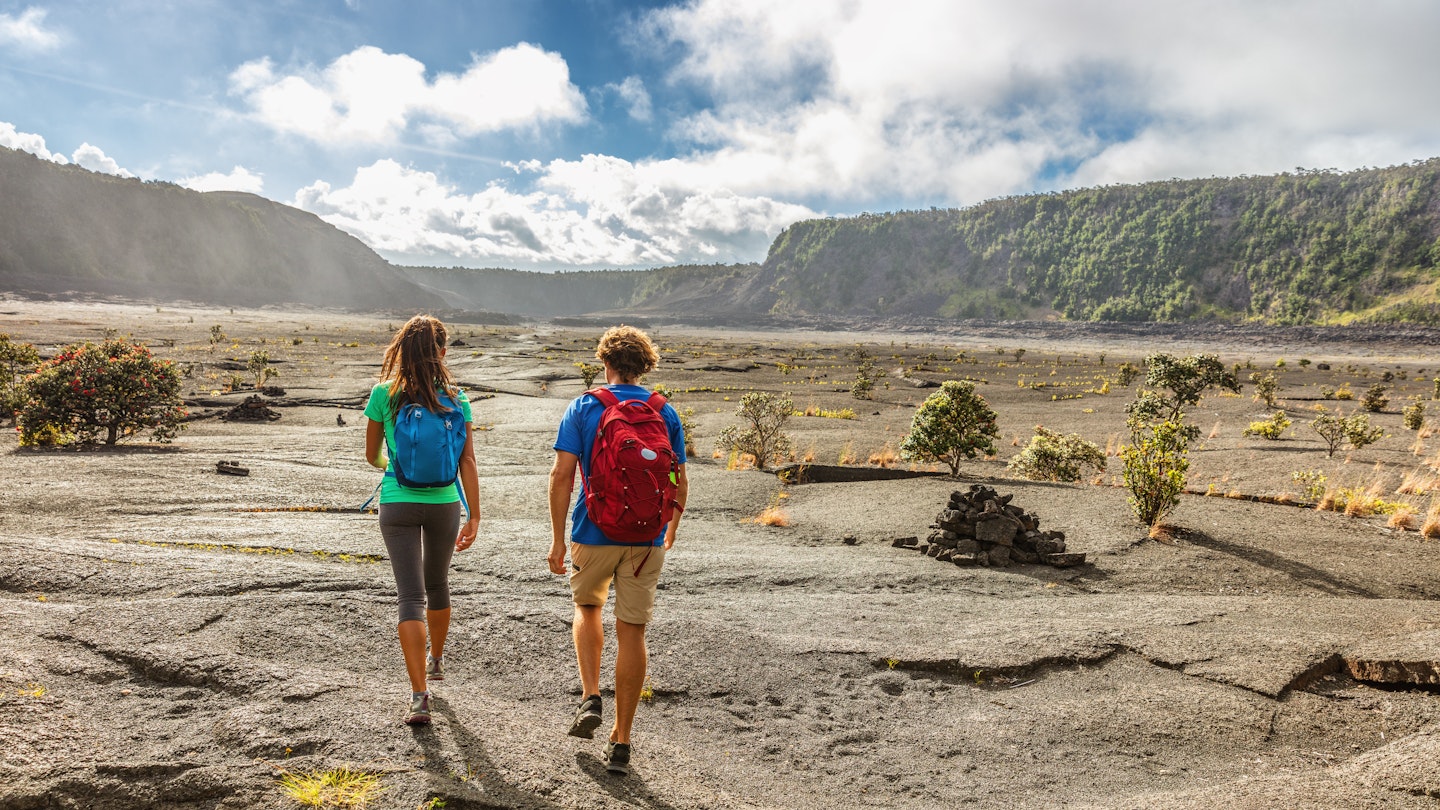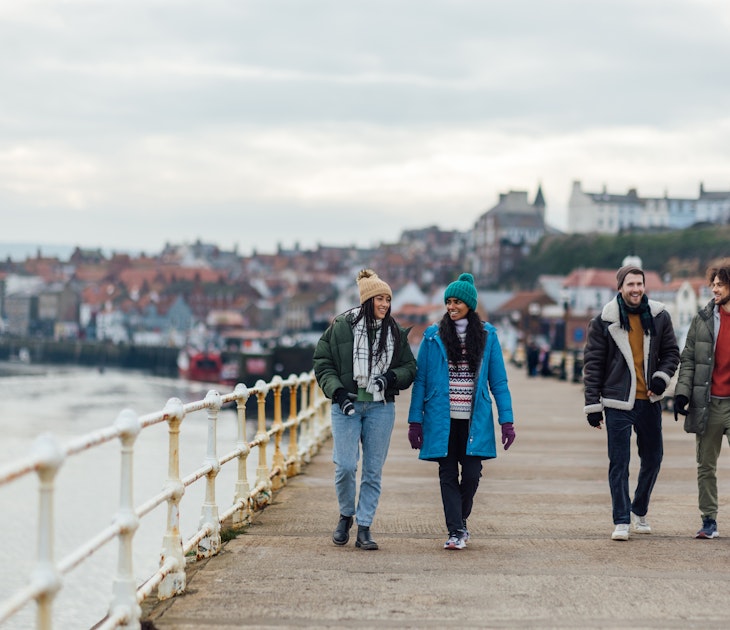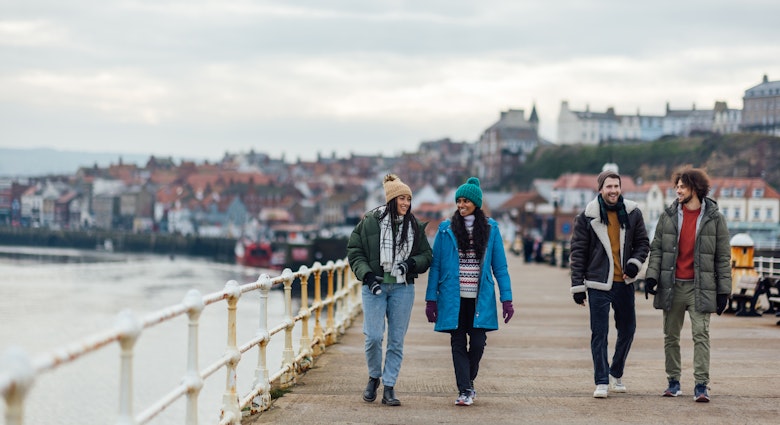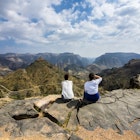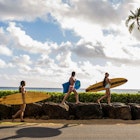The Hawaiian islands can swell with upwards of 10 million visitors each year, so getting off the beaten path is the best way to appreciate the islands' multicultural history.
Beyond its sandy beaches and seductive, jewel-toned waves, Hawaii's lesser-known local tours and activities make the days in paradise more meaningful. Whether it's mellowing out at a rum tasting that acknowledges Hawaii’s sugar-producing past or exploring the lush countryside on horseback, these are our 10 favorite ways to embrace the state's aloha spirit.

1. Taste locally made rum on Oʻahu and Kauai
For more than 100 years, the sugar industry shaped Hawaii into one of the most diverse populations in the world as plantation laborers and managers arrived from China, Japan, the Philippines, Puerto Rico, Portugal’s Madeira islands and other parts of Europe. Although the last sugar mill closed in 2016, visitors can still taste its history today.
Manulele Distillers in Oʻahu cultivates more than 30 varieties of native Hawaiian sugarcane as part of their Kō Hana line of agricole rum. While most rum on the market is made from molasses, Kō Hana spirits are made from pure sugarcane juice. Witness part of the process in action with a tour, which passes through its native cane garden and includes a rum tasting.
On Kauai, Koloa Rum Company offers daily tours and tastings at Kilohana Plantation in Lihuʻe, which got its start as a working cattle ranch in 1896.
Planning tip: The rum distilleries are the perfect spot to buy yourself up a sippable souvenir, such as the rum aged in koa wood barrels available exclusively in Kō Hana’s tasting room.
2. Visit Honolulu's Chinatown
An area once associated with gambling and brothels, Honolulu's historic commercial district now has a great restaurant and arts scene. After a bowl of vegan or oxtail pho from The Pig and The Lady, catch a live musical, comedy or theater performance at Hawaii Theatre. To be whisked back in time, join a food, history and cultural walking tour with Hawaiʻi Heritage Center.

3. Watch the island grow at Hawaiʻi Volcanoes National Park
Hawaiʻi Island may be the largest of the Hawaiian islands, but it’s also the youngest because of the active volcanoes at Hawaiʻi Volcanoes National Park: Kīlauea and Mauna Loa. Check the National Park Service website for updates on volcanic activity, but there’s plenty to do within the Unesco World Heritage Site regardless of eruptions.
Hike the lava fields (wear sturdy, covered footwear) while on the lookout for nene geese, carnivorous caterpillars and Hawaiian hawks before taking a scenic ride on the Crater Rim Drive. Don’t be tempted to take home a piece of the park, or – according to legend – you'll face the wrath of temperamental Hawaiian volcano and fire goddess Pele, who calls Kīlauea home.
4. Learn about the significance of Hawaiian places
Often, outdoor recreation areas cross paths with historical and cultural sites that, without context, visitors may not recognize as a significant encounter. Native Hawaiian-led non-profit Kanaka Climbers on Oʻahu hopes to change that.
The organization offers online resources on how to spend time outdoors responsibly in Hawaii, including best practices for interacting with sacred sites such as traditional Hawaiian burial grounds (often found in caves), petroglyphs and heiau (religious altars). The group even gives guidance for sites that aren’t officially designated culturally significant.
Planning tip: Want to help out? Occasionally, the group hosts cleanups, which are announced on Instagram.
5. Explore Kauai's food scene
A three-hour food tour with Waipā Foundation curates a tasting journey through the lens of the traditional Hawaiian ahupua’a, or land division system marked by portions of mountain, valley, river and sea and tied to ancient agricultural and spiritual practices. Local tastes might include ‘ulu (breadfruit), guava and liliko’i (yellow passion fruit).
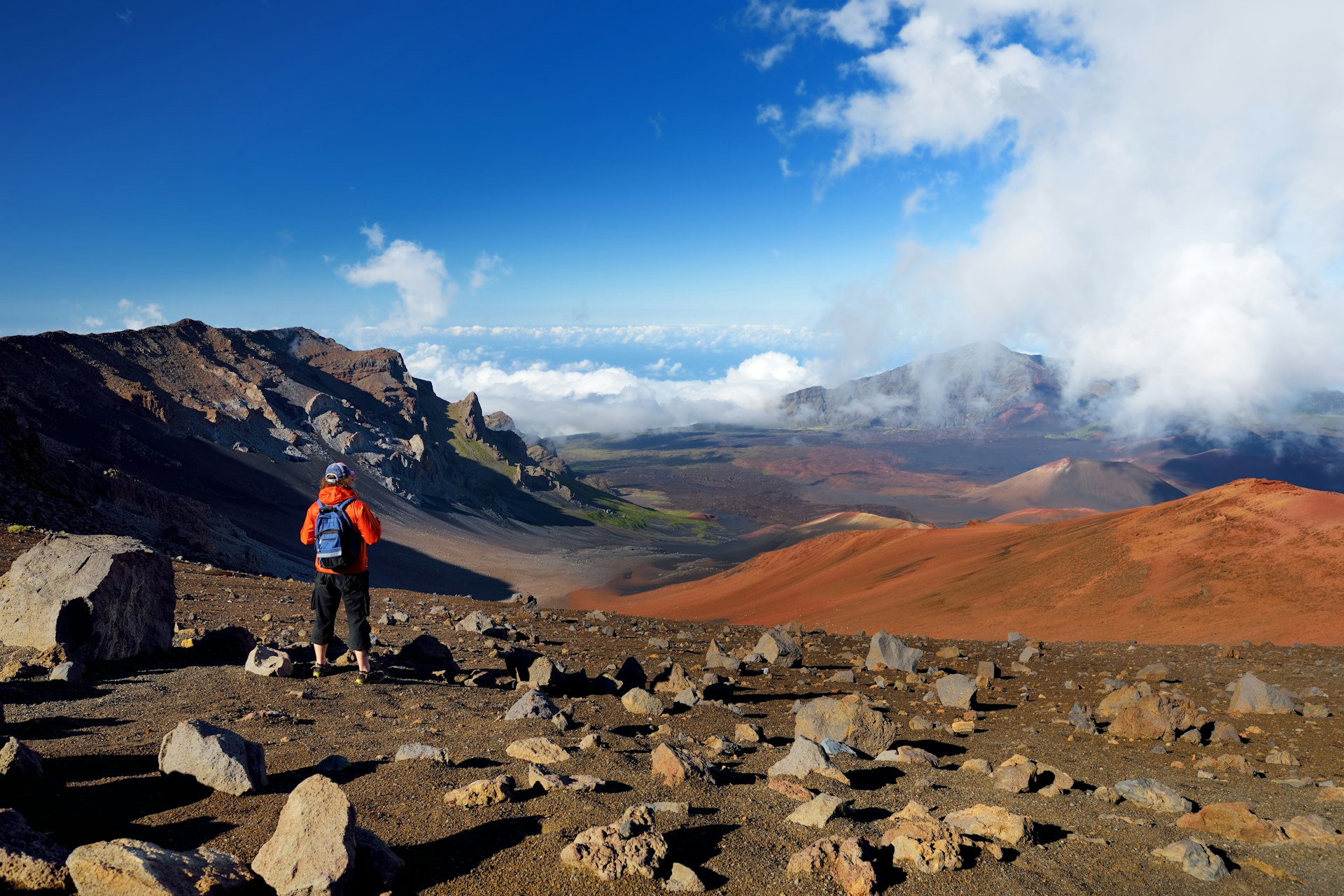
6. Hike with local guides in Maui
A small-group hike with local and long-time resident guides from Hike Maui contextualizes your experience of the island, and adventures include stops at waterfalls, bamboo forests and tropical jungle in Haleakalā National Park. Hike Maui’s roster of guides complete a six-week course to learn about Hawaiian culture, history, geology and botany and must have lived on Maui for a year minimum. Additionally, many guides have personal passions, from traditional Hawaiian herbal healing to marine biology.
Planning tip: Lunch and snacks are provided, along with transport to and from the trailhead along the Road to Hana from central Maui.
7. Rest up in Maui's Upcountry
Wend your way up the long-dormant Haleakalā volcano some 3000ft and check in to G and Z Upcountry Bed and Breakfast, located in the tiny Upcountry Maui town of Kula. If snorkeling in Kapalua or windsurfing in Paia are classic Maui imagery, inland Upcountry presents an expanded perspective.
Upcountry is also home to Maui’s cowboy culture. King Kamehameha I received cattle as a gift in 1793, shortly thereafter placing a kapu (ban) on them. The long-horned animals multiplied to excess, and by the 1830s, the monarchy sought ways to tame them. They invited Mexican vaqueros (from the Spanish word vaca, or cow) by way of Spanish missionaries to teach Hawaiians – and other ethnic groups who immigrated to the islands – how to herd and manage cattle and work with horses (another gift to the Hawaiian monarchy).
Planning tip: While in Upcountry, don’t miss the Saturday local farmers market and fragrant lavender farm.
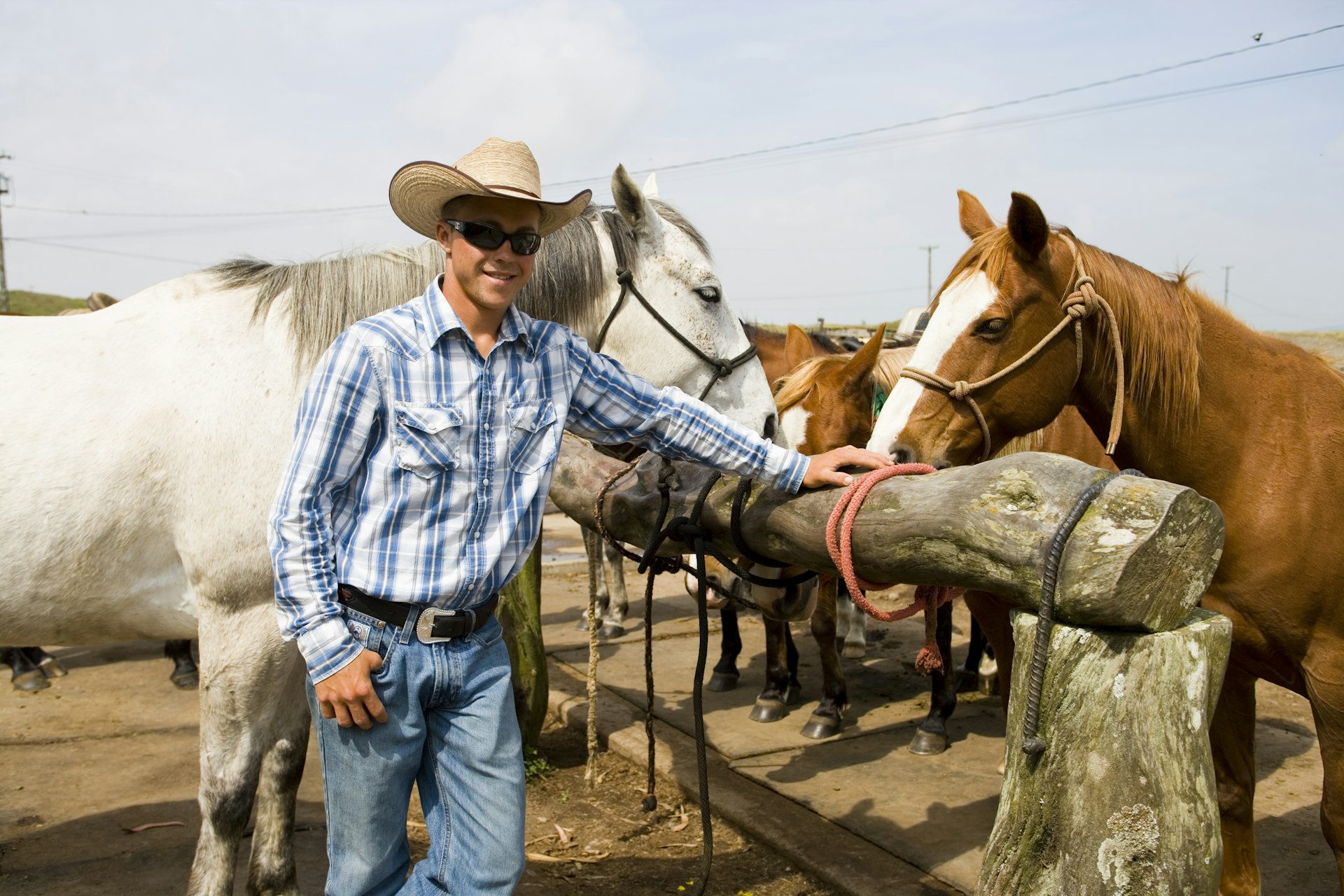
8. Ride horseback to the shore of Hawaiʻi (the Big Island)
Though dwindling, signs of Hawaii’s lesser-known paniolo – or cowboy – culture persist, including at Kahua Ranch’s Na’alapa Stables in Hawaiʻi Island’s northern parts. Its paniolo-led Kahua Ranch on Horseback tour is a two-hour ride through one of Hawaii’s oldest working cattle and sheep ranches. The route covers grassy terrain with panoramic mountain and coastal views – from mauka to makai, as the locals say, from the mountains to the sea.
9. Spend the night on a historic ranch
Keep the ranch vibes going on Hawaii Island with an overnight stay in one of Puakea Ranch’s four cottages. A few of them, like the Cowboy House, sleep up to six people. Some were built by working plantation families during the 1920s and '30s, and all feature ample lanai space or a wide veranda, a signature architectural feature at the time.
